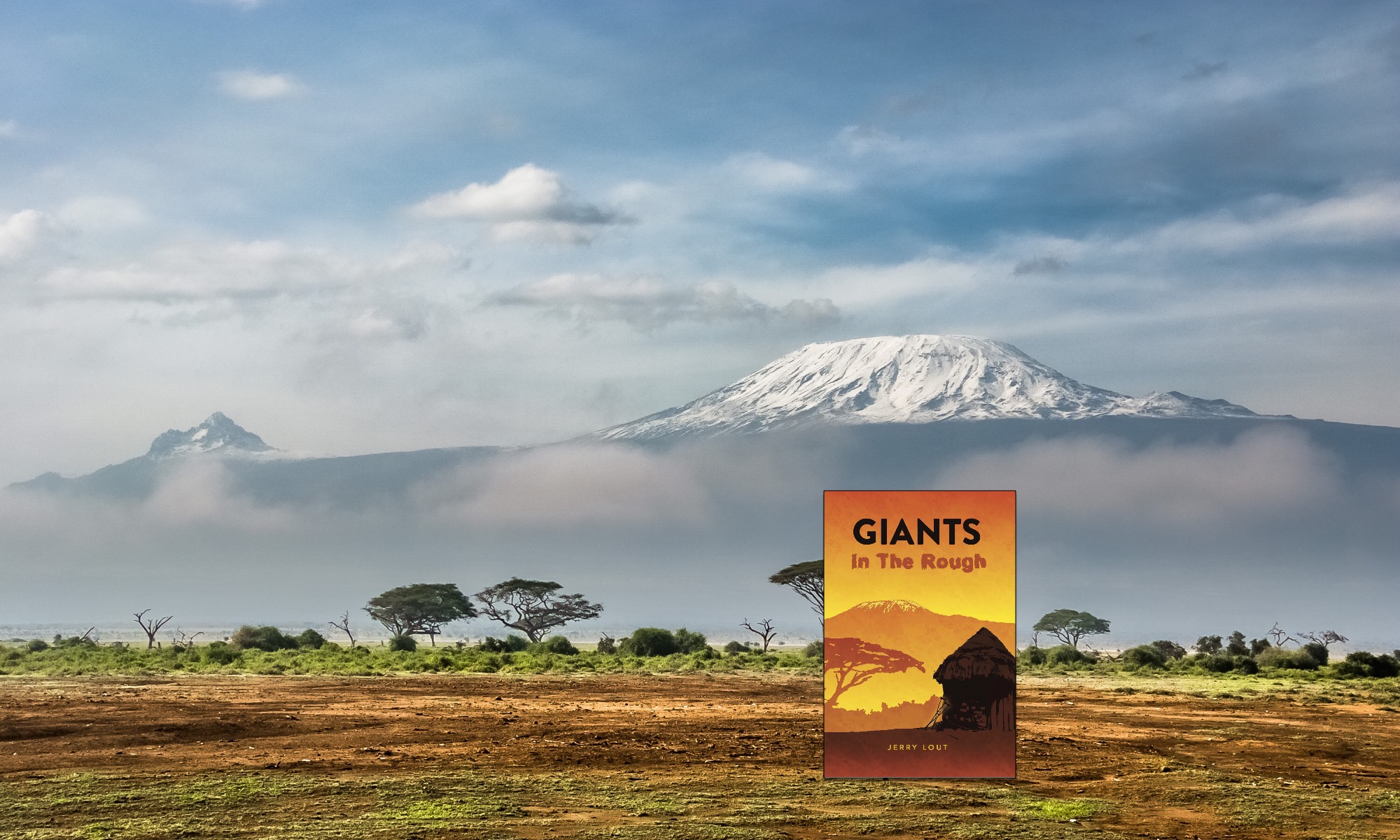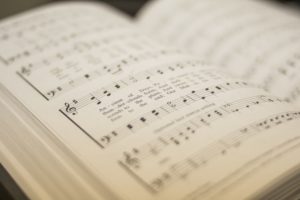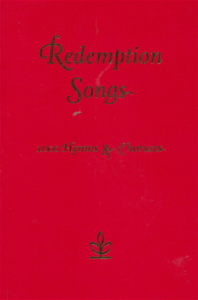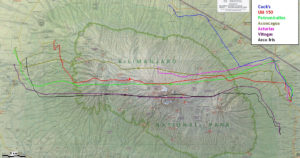It wasn’t long and an opportunity to dismiss a house guest came my way.
Another visit to our home by Pastor Tom. Again, discussing church matters.
Twenty minutes or so into our chat – the second round of our respective tea cups nearing empty – we each knew our time to wrap up the visit had arrived.
Though I had it on good counsel my next move was called for, this would be my first time to tell a visitor to leave my house. Taking in a slow breath I rose from the chair, and smiling broadly, took a couple steps toward him, extending my hand.
“Pastor Tom. . . it’s been good seeing you.”
Before the phrase had left my lips, I caught a look in his eyes that signaled all would be well – that sending my visitor to the door was not an act of rudeness, rejection or idiocy.
Tom’s smile flashed warmly, his gleaming eyes conveying pleasure – and likely, I gathered – relief. I felt I could almost read his thoughts: Ah, the missionary from America finally gets it!
Taking up residence in another culture, whether across town or across the globe, brings with it mystery. Hurdles. Discomfort. Yet. . . Once sincere attempts are made to adapt, occasional doors to astonishing surprises fling open.
 ***
***
“Pastor Jerry, please may we welcome you and Sister Ann. Our new child has come! Meet us at our home for tea.”
Ten months earlier the South Nyanza woman had stepped forward for prayer in our little Migori church. She and her husband wanted to grow a family but were unable to conceive. Her eyes were pleading.
“Please pray.”
We bowed. Petition went heavenward in Jesus’s name. Time moved on. Months passed, and I had all but forgotten the moment.
We got to the home mid-afternoon. The new parents, overtaken with joy, brought out folding chairs to the modest courtyard, receiving us in celebration of their newborn.
We and our hosts sipped sweet chai, helping ourselves to servings of toasty, deep-fried mandazis.
Then came the introduction – their “miracle baby” – a boy. Special expressions of honor are sometimes assigned a person deemed helpful on the occasion of a child being born. A namesake.
Common surnames among the Luo people begin with the letter ‘O’.
“Thank you, Pastor Jerry, for praying that day.” The mother paused. She and her husband smiled,
“Meet Jerry Lout Okech.”
On any marathon journey of a missionary, special moments emerge unlike any other. Humbling. Sacred. Joyous. The mid-1970’s tea visit in Luo-land marked such a time.
© 2017 Jerry Lout
